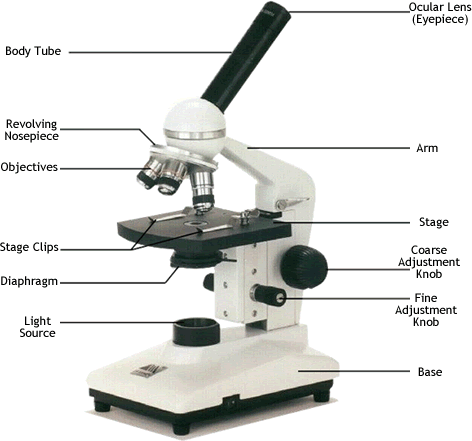Below are the pictures of my DNA model strand:
3 Thoughts:
1) DNA code is made up of codons (combination of 3 letters), known as DNA genes, which will form instructions that will tell the cells what types of proteins to produce.
2) I have learnt that DNA code is made up of only 4 letters. The letters are A, T, C, G and they are known as the bases of all compounds and molecules. A: Adenine, T: Thymine, C: Cytosine, G: Guanine. Adenine will always pair up with Thymine with double bonds while Cytosine will always pair up with Guanine with triple bonds. Triple bongs are stronger than double bonds. Hence the more bonds there is, the stronger the compounds or molecules.
3) DNA is made up of double strands as the bases pair up together. Codons will be formed when the letters come in sets of three. Codons which are formed at the complementary strand are also known as the complementary codons. One of the strands is called the original strand while the other strand is called the complementary strand.
Original strand: AAGCCGTTCTAGTAGCCGCCGAAGTTC
Complementary strand: TTCGGCAAGCTCATCGGCGGCTTCAAG
2 Questions:
1) What if one pair is left in the DNA? Does this means that no more codons can be formed?
2) Will there be any errors in DNA? (Like having Cytosine to pair up with Thymine)
1 Useful application:
1) With the knowledge of DNA, we will be able to understand why our bodies are formed this way and what give the instructions to our cells that will form our proteins.





















